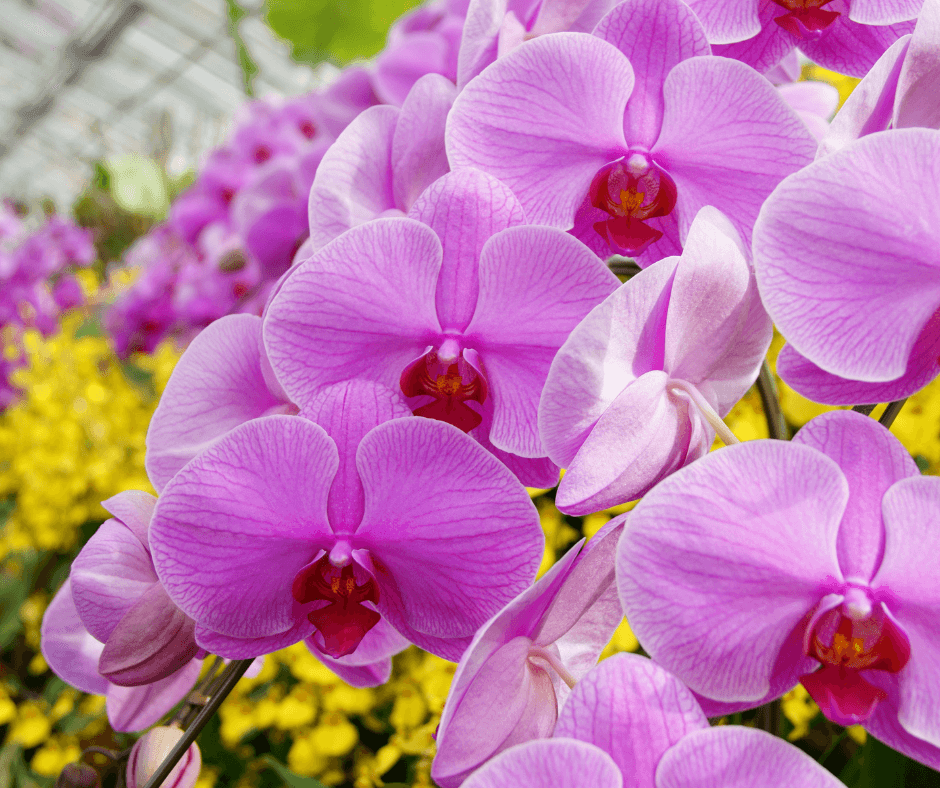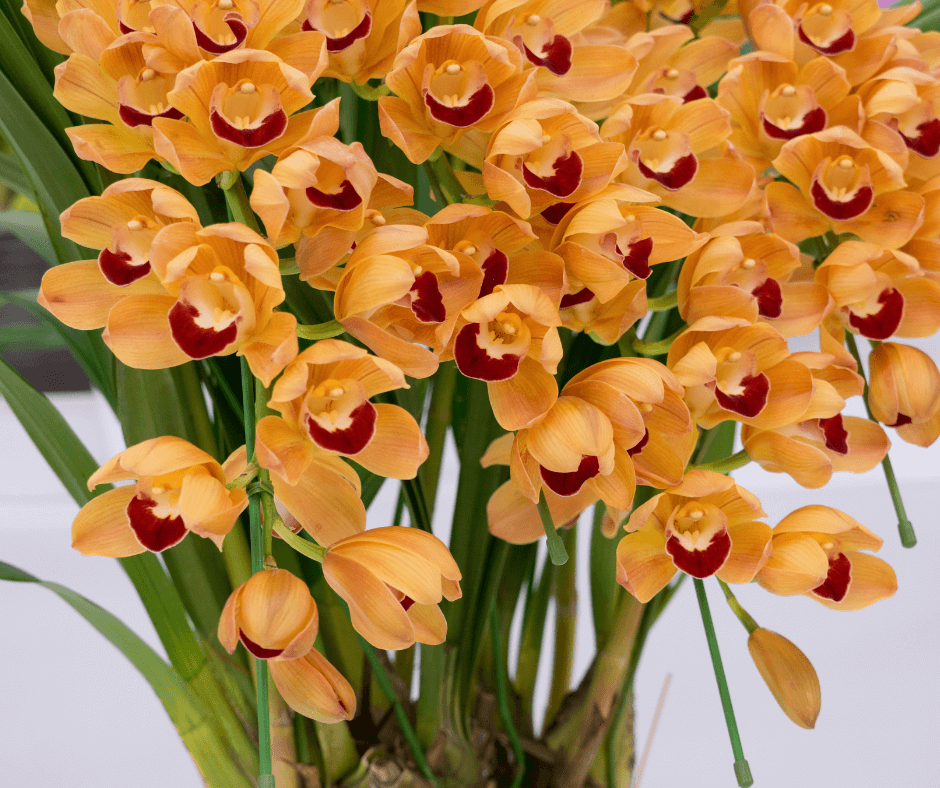
Orchids will add a touch of glamour to those winter blue periods when you start counting the days until spring just for something to do. Most people have had only a passing acquaintance with an orchid, possibly as part of a corsage worn by you or your date to the high school prom or maybe a wedding party.
Their exotic coloration and growth habits add a whole new level of cool to the household. And orchids are cosmopolitan. They can be found in most terrestrial habitats of the world except glaciers. But the tropics harbor most of the known species (28,000+). Most tropical orchid species are epiphytes. That is they grow on tall plants like trees and vines to gain access to sunlight, a scarce commodity in a dense rainforest. But they do not get water or nutrients from them. Orchids from higher latitudes are rooted in soil. And all orchids are often incredibly picky in their habitat preferences. On top of that, European and American horticulturists have produced some 1,000,000 hybrids and cultivars since the 19th Century.
I suggest that you buy one or more orchids from a reputable dealer and raise them indoors. It will be good for the merchants, good for the orchids, and good for you as you embark on a brand new hobby. Everybody wins!
Popular Orchids to Buy

At this point, we have to dive into the practical aspects of orchids and orchid care. Unless you live in or near a big population center abounding with specialty stores, you should order online from a reputable dealer. I recommend going for a big show and buying tropical epiphytes. They are more glamorous and rewarding to grow. Temperate zone natives tend to do better outdoors where they get picked by the neighbor’s kids or chomped by chipmunks or mice.
Best bets for purchase include corsage orchids (Cattelya spp.), boat orchid (Cymbidium spp.), moth orchid (Phalaenopsis spp.), tropical slipper orchids, (Paphiopedilum spp.) and dancing ladies (Oncidium spp.). Epiphytes such as these may be potted in wood chips or secured to a piece of tree branch or piece of bark that mimics their forest habitat. Epiphytic aerial roots collect water and nutrients from air, rainwater, and organic debris that collects around the plant. Despite the multiplicity of exotic forms, patterns, and colors, most orchids have no discernible scent.
You should buy mature plants that have blooms and/or live buds. They should be shipped in 4 or 5-inch pots on a wood chip substrate. Barring a shipping disaster they should provide you with instant orchids.

Requirements for Home Orchid Care:
- Position your plants on a bright windowsill facing east or west.
- Most orchids require water once a week. When the orchid arrives, water thoroughly, then routinely as indicated above thereafter. Do not disturb the planting medium the plant comes in the first year or those first buds/flowers will not bloom!
- Unless stated otherwise, Indoor air temperature should be no less than 60 degrees F. at night and no more than 90 degrees F. during the day.
- Unless stated otherwise, Indoor relative humidity should range from 40% to 70%’
- Feed weekly with a liquid fertilizer designed for orchids. We recommend a 10-10-10 formulation
- Repotting with fresh orchid mix when your orchid stops blooming for the year. We recommend Black Gold® Natural Organic Orchid Potting Mix.
- All of this verbiage notwithstanding, You will receive (or should receive) a set of care and maintenance instructions from the nursery. Follow those

Happy New Year and please stay safe!
